Sable dough is a versatile pastry staple. Shorter (crumbly) and richer than regular pie crust (thanks, eggs), sable makes a sturdy and tasty shell for tarts and also makes excellent shortbread-type cookies.
You may also enjoy these cute sable cookies I made for Halloween.
What will you make with your sable dough?
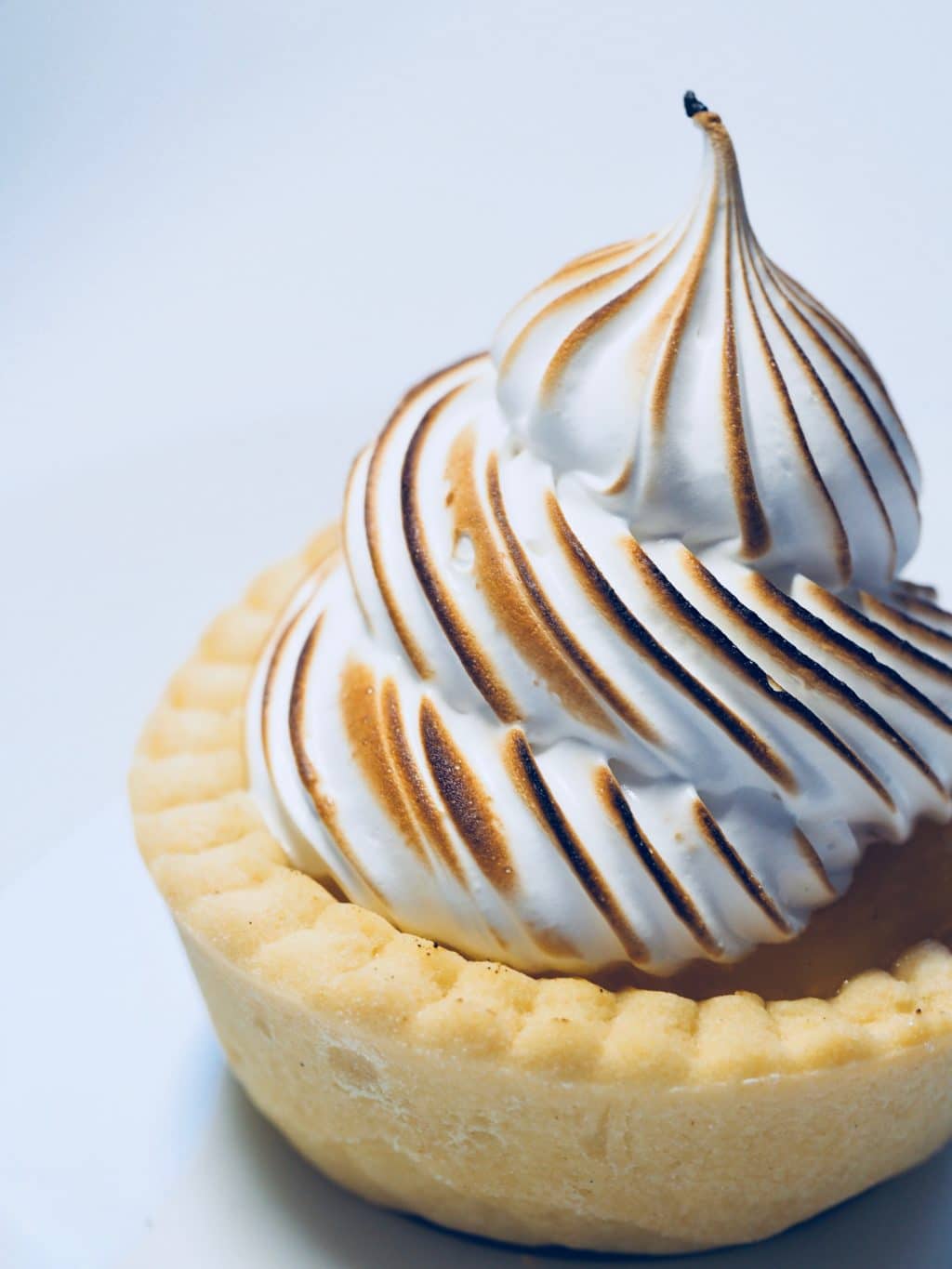
What Is Sable Dough?
Sable is the French term for “sand,” and sandy is a good description of the texture of sable dough.
Sable dough is rich and buttery and sturdy enough to work as a tart shell for full-sized tarts.
Pastry Chef Online Participates in Affiliate Programs. If you make a purchase through one of my links, I may earn a small commission. For more information click to read my disclosure policy
The egg adds additional richness and structure. It slices cleanly and has a wonderful crumbly mouthfeel.
If you like shortbread cookies, you’re probably going to like sable as well.
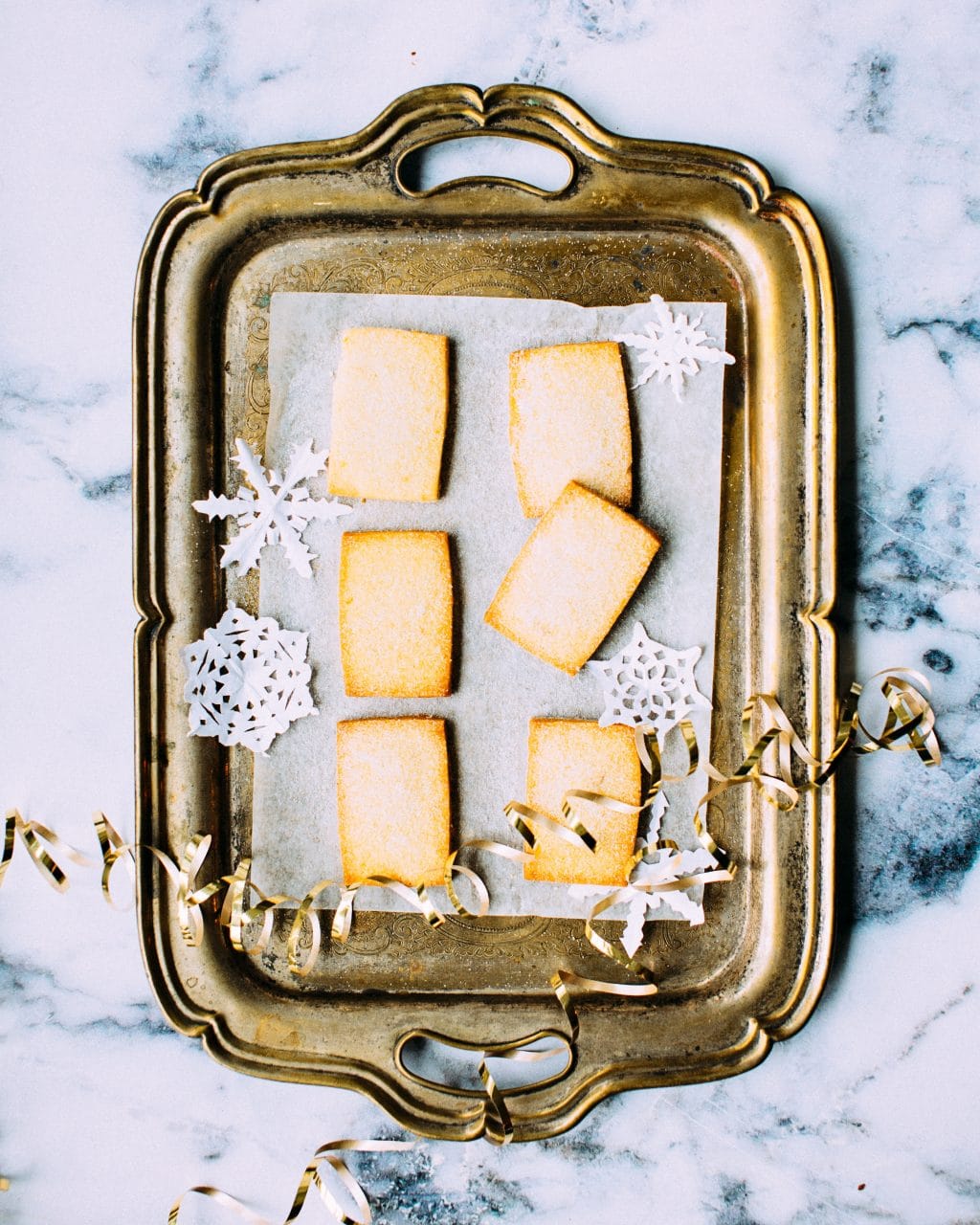
Ingredients You’ll Need
Here’s what you’ll need to make plain sable.
From here, you can flavor it in many ways (see below).
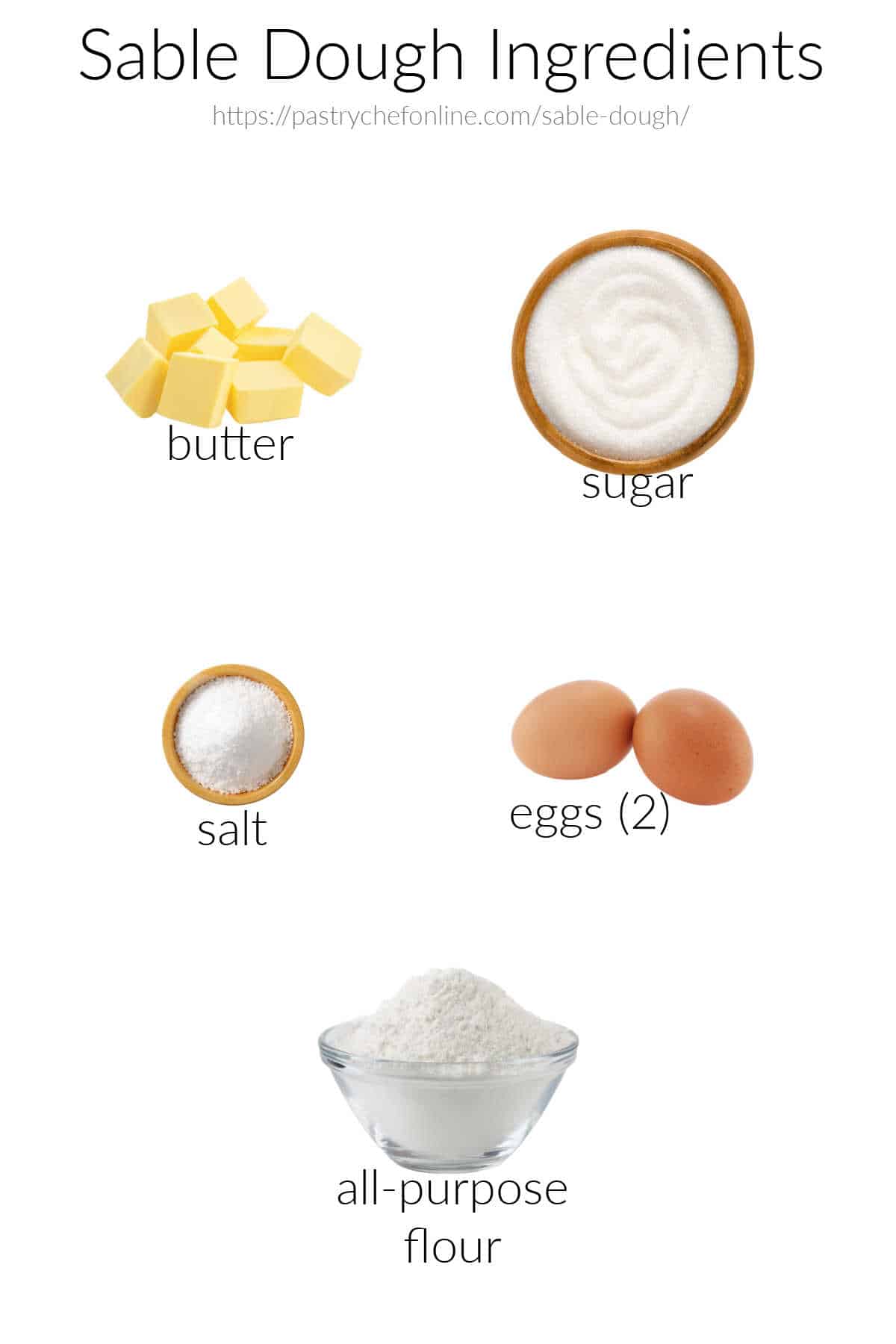
- butter: Tenderizes gluten, carries flavor and helps with aeration when creamed with sugar. I use unsalted butter
- sugar: Adds sweetness, tenderness, moisture, and assists with browning. Helps with aeration when creamed with butter.
- salt: Snaps all the flavors into focus. I use Morton’s kosher salt
- eggs: Eggs lend structure, emulsifiers, fat, and color. They assist with browning and contribute to the texture of the cookies (or dough).
- flour: all-purpose is what you want here. This is the literal “bulk” of the recipe. The flour contributes to structure and texture. All-purpose flour contains a reasonable amount of gluten-forming protein, but not so much that you will end up with tough dough, especially if you follow the creaming method to make this dough
How to Flavor Your Sable Tart or Cookie Dough
Most of the time, the main flavor of sable is butter, but there is no reason you cannot add additional flavor, whether you’re making the dough for tart shells or cookies.
Here are some ideas for ways to add additional flavor:
- Add citrus zest. I like a microplane for this.
- Include some ground spices like cinnamon, nutmeg, or cardamom. Orange and cardamom together would be lovely.
- Replace a portion of the flour for cocoa powder to make a chocolate version. Or use my chocolate sable recipe.
- Add some espresso powder to the mix for coffee-flavored cookies.
- Introduce an herbal note with crushed dried herbs or a small amount of culinary lavender.
- Especially when making this dough for cookies, consider rolling on a layer of cinnamon sugar before baking.
Difference Between Sable and Shortbread
Shortbread and sable are very similar kinds of dough, and often can be used interchangeably.
My sable recipe makes more than my shortbread recipe, but when scaled to contain the same amount of flour, here is how the two doughs stack up.
| Type | Flour | Sugar | Butter | Eggs | Salt |
| Shortbread | 17.5 oz | 7.5 | 20 oz | 0 | N/A (salted butter) |
| Sable | 17.5 oz | 7 oz | 9 oz | 2 | 1/2 t |
Would you like to save this post?
As you can see, flour and sugar amounts are pretty close to identical.
The main difference is that there is over twice as much butter in the shortbread as in sable. And this means shortbread is, well, shorter. More tender, with almost no gluten development to speak of.
Add the two eggs into the much leaner (less fatty) sable dough, you know you’ll end up with a sturdier dough, which is why sable, along with pate sucree, is often the tart dough of choice in French pastries.
Shortbread bakes into a more tender cookie that will crumble when you bite into it. Sable cookies are tasty, too, but they’re sturdier. This makes sable a good candidate for making cookies that you’re going to either decorate and/or ship.
Can You Use Sable Dough for Slice and Bake Cookies?
Absolutely! We used to do this at the restaurant all the time. Roll your sable into logs the diameter you want your cookies to be, wrap them well, and freeze them. Slice off what you need and bake from frozen. They come our perfectly.
What You’ll Need to Make Sable
You honestly don’t need a lot of equipment. A stand mixer is of course nice to have, but you can also use a hand mixer. The one piece of equipment I strongly advise everyone to get is a kitchen scale.
I weigh all my ingredients, sometimes in grams, but often in ounces. To get consistent results with ingredients that can pack down and take up different volumes, weighing is your best bet. This is the scale I use, and it has never failed me.
Don't let its small price and small size fool you. The Escali Primo is an accurate and easy-to-use food scale that I have used for years. It's easy to store, easy to use, has a tare function, and easily switches between grams and ounces/pounds for accurate measurements.
Looking for a Leaner Pie Dough?
Here are some other, less rich options for your pie and tart shells.
- Pate Brisee
- Perfect Quick & Easy Rough Puff Pastry
- Chocolate Caramel Buttermilk Tart (Buttermilk Pie Dough)
Questions?
A Note About Measurements
Don't let its small price and small size fool you. The Escali Primo is an accurate and easy-to-use food scale that I have used for years. It's easy to store, easy to use, has a tare function, and easily switches between grams and ounces/pounds for accurate measurements.
It will help me and other readers so much if you take a moment to rate and leave a review for this recipe.
You can use the stars to rate 1-5 (5 is best), and leave a review in the comments. It helps me make adjustments if any are needed, and comments help others decide whether the recipe is worth making.
Other ways to share include pinning, and/or sharing on your favorite social media platform.
Thank you so much for taking the time!

Classic French Sable Dough Recipe
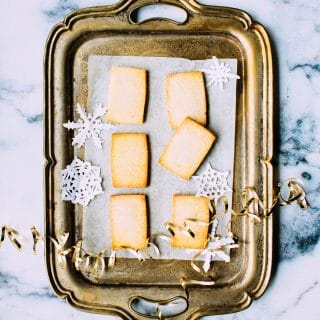
Sable Dough
Would you like to save this post?
Equipment
Ingredients
- 9 oz . unsalted butter
- 7 oz . sugar
- ½ teaspoon salt
- 2 whole eggs
- 17.5 oz . (1 pound, 1.5 oz) all purpose flour
Instructions
- Cream butter, sugar and salt.
- Add eggs, 1 at a time, until well incorporated.
- Add flour and mix on low just until the dough has come together.
- Chill in the fridge for a couple of hours, then roll and use as you will.
- Bake at 350 degrees, F, until lightly golden brown and delicious.
Did You Make Any Changes?
Notes
Nutrition

Hi, y’all! I hope you’ve enjoyed this post and hopefully also learned a thing or two.
If you like my style, I invite you to sign up for my occasional newsletter, The Inbox Pastry Chef.
Expect updates on new and tasty recipes as well as a bit of behind-the-scenes action. I hope to see you there!


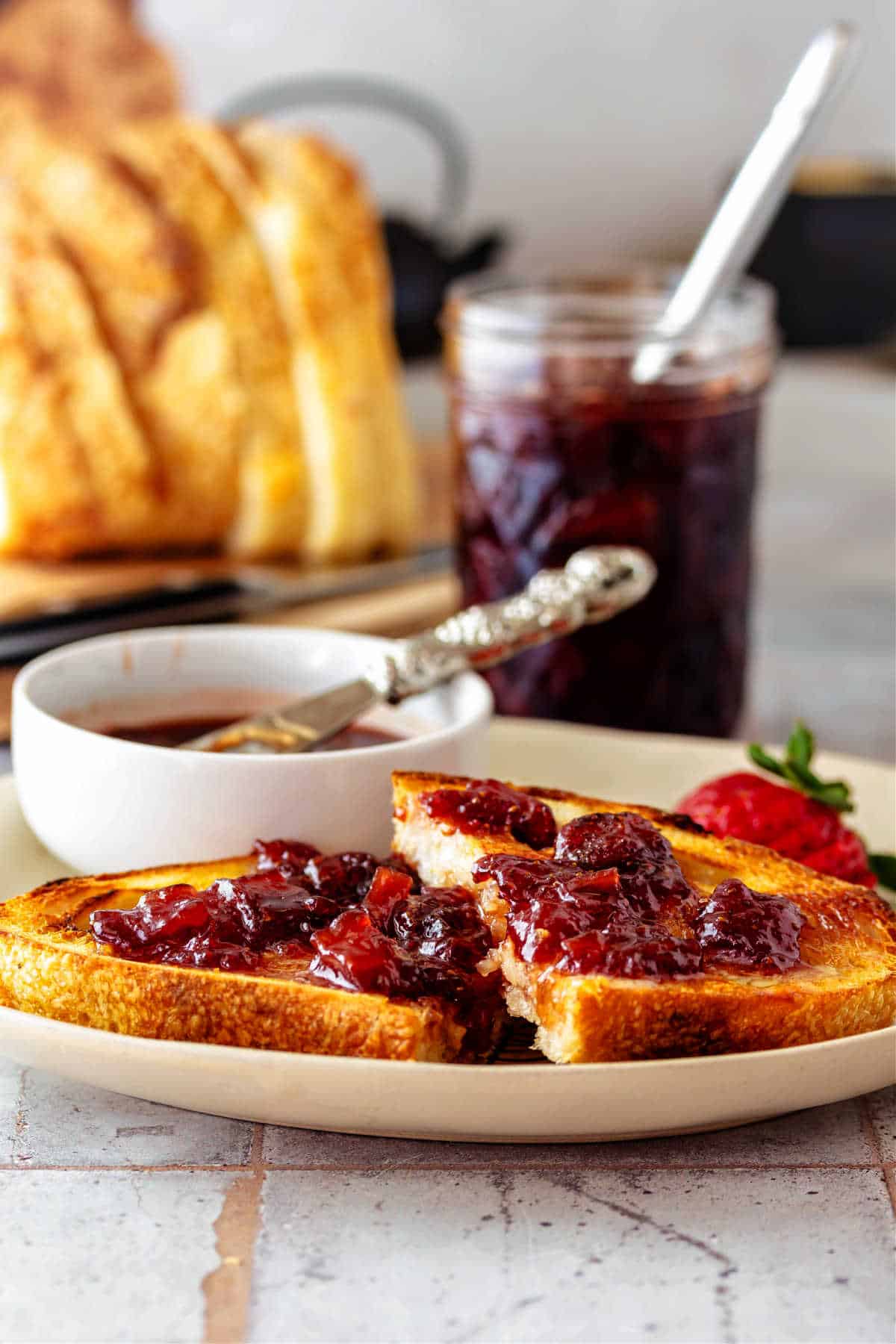
Join in Today!
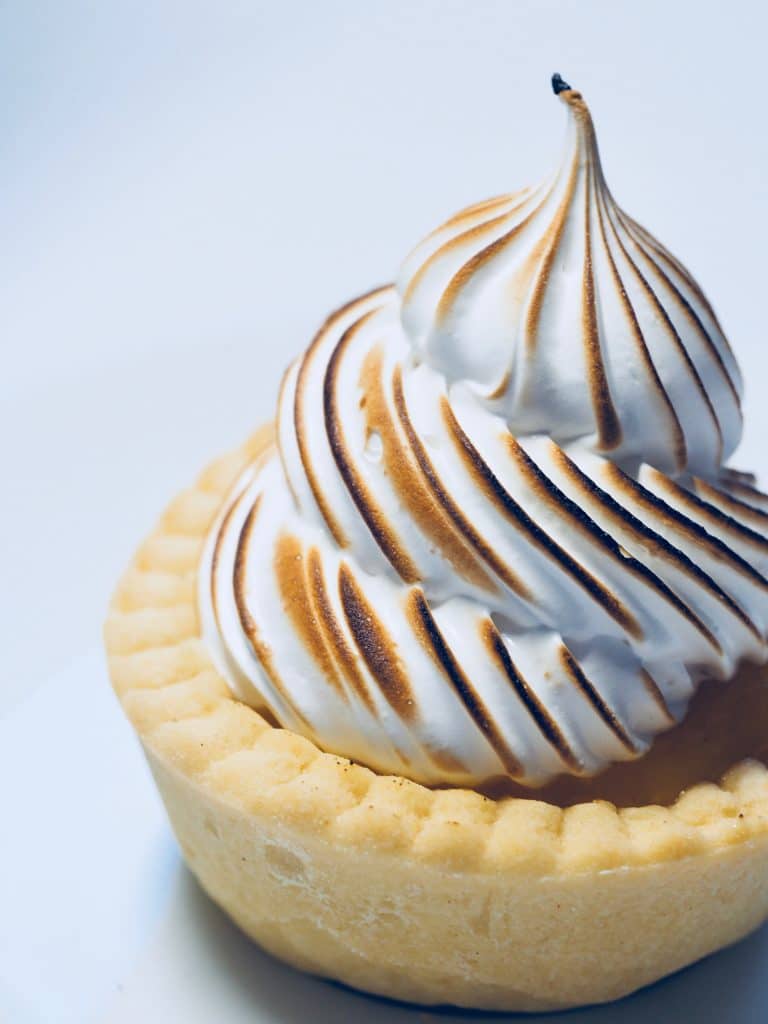


i would like to add freeze dried strawberries to this dough ; should i change the flour amount?
Hey, Therese! That sounds like a great plan. They will suck moisture in as they rehydrate in the dough, so it will depend on how much you want to add and if you’re adding powder or “chunks.” I’d consider reducing the flour by a Tablespoon or two. If it needs the flour, You can always roll some in as you’re rolling it out. Please let me know how it goes! You can also check my post on raspberry shortbread where I added freeze-dried raspberry powder: https://pastrychefonline.com/raspberry-shortbread-sandwich-cookies/
No powdered sugar, no nuts, and super simple! Love it! I remember in my baking class I was under the assumption that all tart doughs had to have almond flour, I’m glad I found this recipe!
I think you’ll really like it. It’s easy to work with and just sweet enough. You can also add spices or citrus zest and extracts. It makes nice tea cookies, too. Enjoy!
Can I use sable pastry for lemon meringue
You sure can. I think it’s an easier dough to make than pate brisee. The egg seems to make it more forgiving. Add some lemon zest to the dough to both carry and reinforce the lemon flavor. My recommendation for meringue is a Swiss or Italian cooked meringue. Neither will weep or shrink like a “regular” meringue does. You can see my Italian meringue on my deep dish lemon meringue tart here: https://pastrychefonline.com/lemon-meringue-tart/ 🙂
How many 5 inch tartletes would this recipe make?
I am not sure, honestly. The good news is this dough freezes really well, so double or even triple the recipe, roll it out between sheets of parchment, and freeze any leftover for some other time. I estimate you can get 4-5 tartlet shells per recipe.
Hi, thanks for your recipe and I love your blog 🙂 may I ask, what kind of tarts would go best with such a dough? Would it be no bake filling or best with baked fillings?
I’m also wondering if it would be too hard and crumbly like some tarts
Hi, Yis! Thanks for stopping by! Great question! Sable is almost exclusively used fully baked before adding your filling. Tart dough is generally rolled slightly thicker than pie dough, so it would not bake up well if you tried to bake it filled. The texture is very sandy, so it should not be hard to cut, even with the side of your fork for eating. Hope that helps. Please let me know if you have more questions. Take care. 🙂